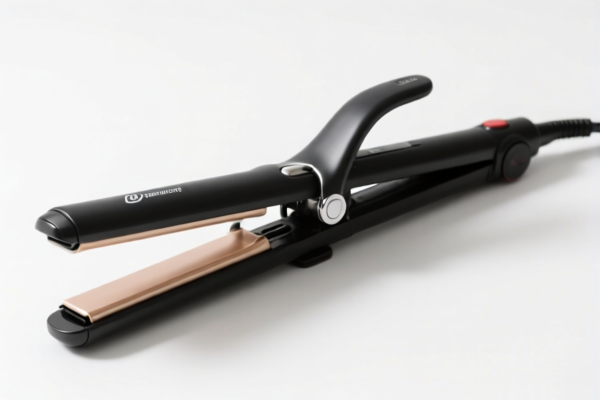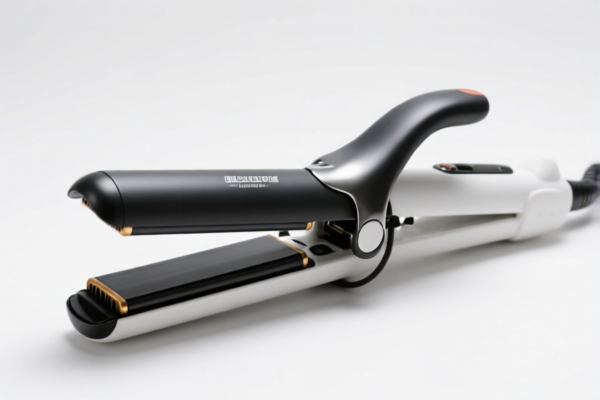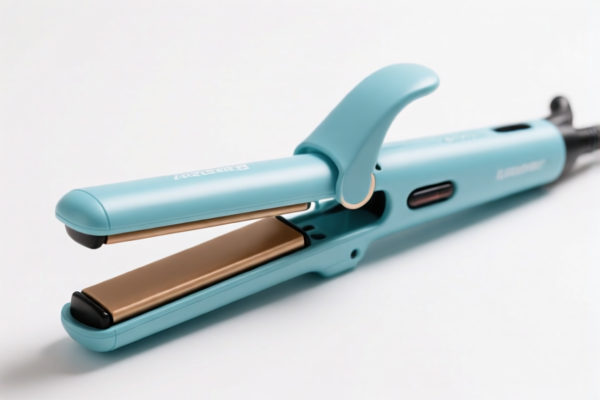| HS Code | Official Doc | Tariff Rate | Origin | Destination | Effective Date |
|---|---|---|---|---|---|
| 8509805095 | Doc | 34.2% | CN | US | 2025-05-12 |
| 8509905500 | Doc | 59.2% | CN | US | 2025-05-12 |
| 8543708000 | Doc | 55.0% | CN | US | 2025-05-12 |
| 8543708800 | Doc | 30.0% | CN | US | 2025-05-12 |
| 9506400000 | Doc | 35.1% | CN | US | 2025-05-12 |
| 9506910030 | Doc | 42.1% | CN | US | 2025-05-12 |
| 9507908000 | Doc | 39.0% | CN | US | 2025-05-12 |




Electric Putter
An electric putter is a golf club specifically designed for the putting stroke, incorporating an electric motor to assist with stroke consistency and distance control.
Material
Electric putters typically employ materials common to traditional putters, combined with components for the motorized system:
- Putter Head: Commonly constructed from stainless steel, aluminum alloys, brass, or composite materials. Weight distribution is a key factor, often utilizing perimeter weighting for increased stability.
- Shaft: Often steel, graphite, or a combination, designed to minimize weight and maximize feel.
- Grip: Standard golf grip materials like rubber or composite polymers.
- Motor & Electronics: Incorporates a small DC electric motor, a rechargeable battery (typically lithium-ion), a control system (buttons, display), and associated wiring.
- Frame/Body: May utilize lightweight alloys or composite materials to house the motor and battery.
Purpose
The primary purpose of an electric putter is to improve putting accuracy and consistency, particularly for golfers who struggle with:
- Stroke Length Control: Maintaining a consistent stroke length is crucial for distance control.
- Tempo and Rhythm: Ensuring a smooth and repeatable putting stroke.
- Yips: The involuntary wrist movement during the putting stroke can be mitigated by the putter's assistance.
Function
Electric putters function by automating a portion of the putting stroke. The core mechanism involves:
- Motorized Stroke: The motor drives a mechanism that moves the putter head back and forth along a pre-defined stroke path.
- Stroke Length Adjustment: Users can typically adjust the length of the stroke to control the distance of the putt. This is often done via buttons or a digital interface.
- Swing Path Control: Some models may assist with maintaining a consistent swing path.
- Feedback System: Many putters provide visual or auditory feedback to help users understand the stroke parameters.
- Manual Override: Most electric putters allow for a manual override mode, allowing the golfer to use the putter as a traditional putter when desired.
Usage Scenarios
- Practice: Ideal for practicing putting strokes and developing consistency.
- Rehabilitation: Can be used by golfers recovering from injuries to regain putting form.
- Competitive Play: While permitted in many competitions (check local rules), usage is less common among professional golfers.
- Golfers with Disabilities: Can provide assistance to golfers with limited mobility or coordination.
- Beginner Golfers: Helps beginners develop a repeatable putting stroke.
Common Types
- Linear Electric Putters: The putter head moves back and forth in a straight line. These are the most common type.
- Arc Electric Putters: The putter head follows a slightly curved stroke path, mimicking the natural arc of a putting stroke.
- Self-Balancing Putters: These incorporate gyroscopic technology to maintain the putter head stable during the stroke. (Less common)
- Programmable Putters: Allow users to program specific stroke parameters for different distances and green conditions.
- Handle-Based Electric Putters: These feature a handle with the putter head attached and controlled by the user, offering more control over the stroke.
Electric putters fall under several potential classifications based on their function and components. Here's a breakdown of relevant HS codes:
- 9506.40.00.00: This code covers articles and equipment for table-tennis, and parts and accessories thereof. While an electric putter isn’t for table tennis, it is a sporting good and may be considered under this broader category. The tax detail indicates a basic tariff of 5.1%, with no additional surcharge, increasing to 30.0% after April 2, 2025.
- 9506.91.00.30: This code encompasses other articles and equipment for general physical exercise, gymnastics, or athletics, including parts and accessories. This is a likely classification for an electric putter as it is used for a sport (golf). The tax detail shows a basic tariff of 4.6% and an additional surcharge of 7.5%, rising to 30.0% after April 2, 2025, with a 25% surcharge for steel or aluminum products.
- 8509.80.50.95: This code covers electromechanical domestic appliances with self-contained electric motors, excluding vacuum cleaners, specifically 'other appliances: other other'. If the electric putter is considered a domestic appliance, this code may apply. The tax detail indicates a basic tariff of 4.2%, with no additional surcharge, increasing to 30.0% after April 2, 2025.
According to the provided reference material, the HS code options related to 'electric putter' are limited, with only the following 3 found.
Customer Reviews
I was impressed with how clearly the HS code and tariff information was presented. Definitely a go-to page for exporters.
The page provided a solid overview of trade details and tariff rates. Just wish it had more examples for different countries.
I found the tariff rates for this product category very helpful. Saved me a lot of time researching on my own.
The HS code information was accurate and easy to understand. I wish there was a bit more on customs documentation, though.
I was looking for specifics on plastic builder’s doors, and this page had exactly what I needed. Great resource.